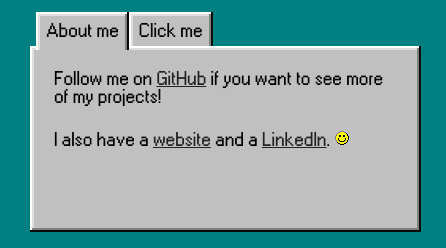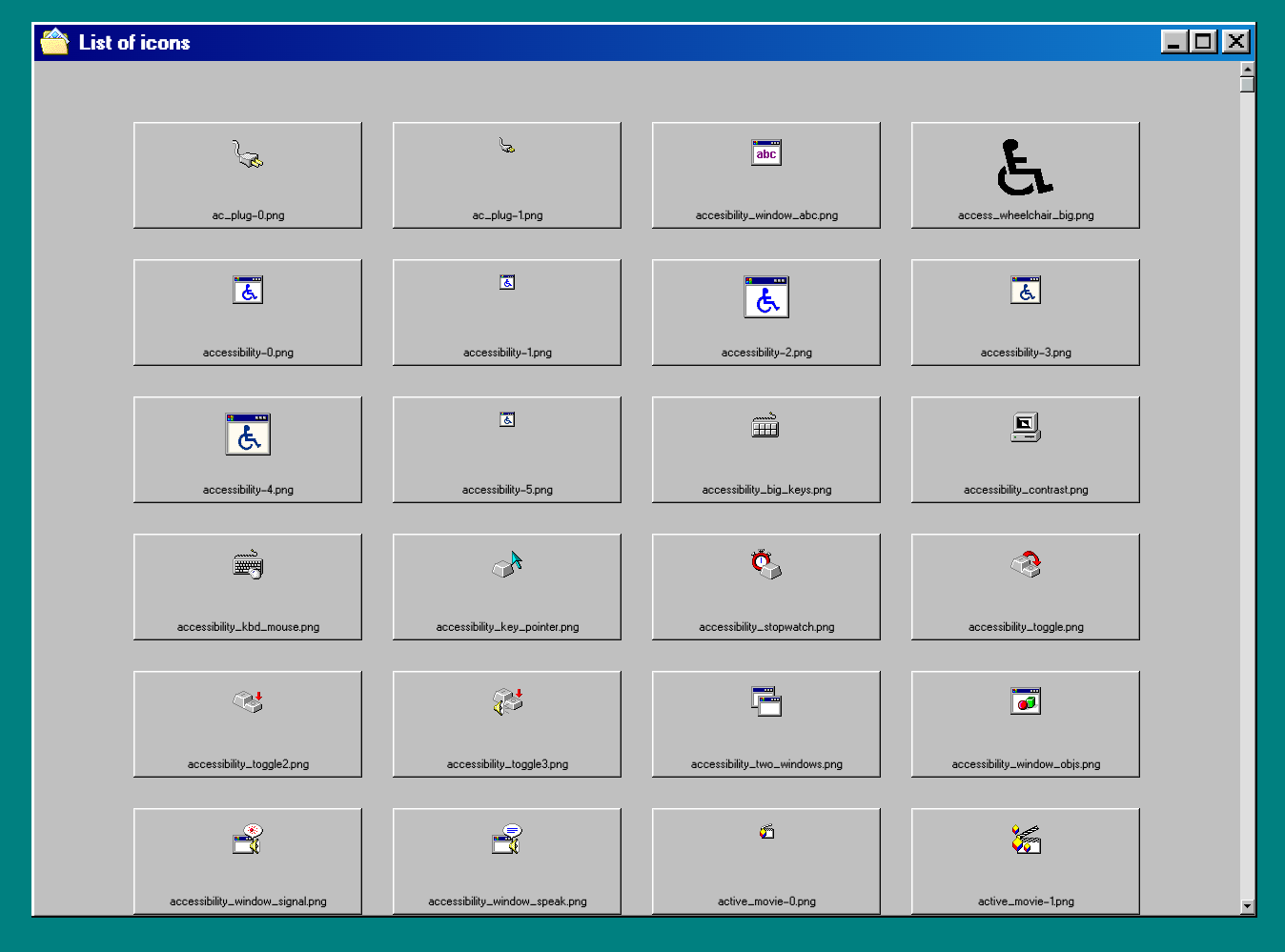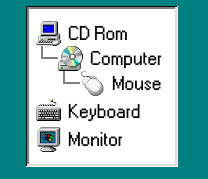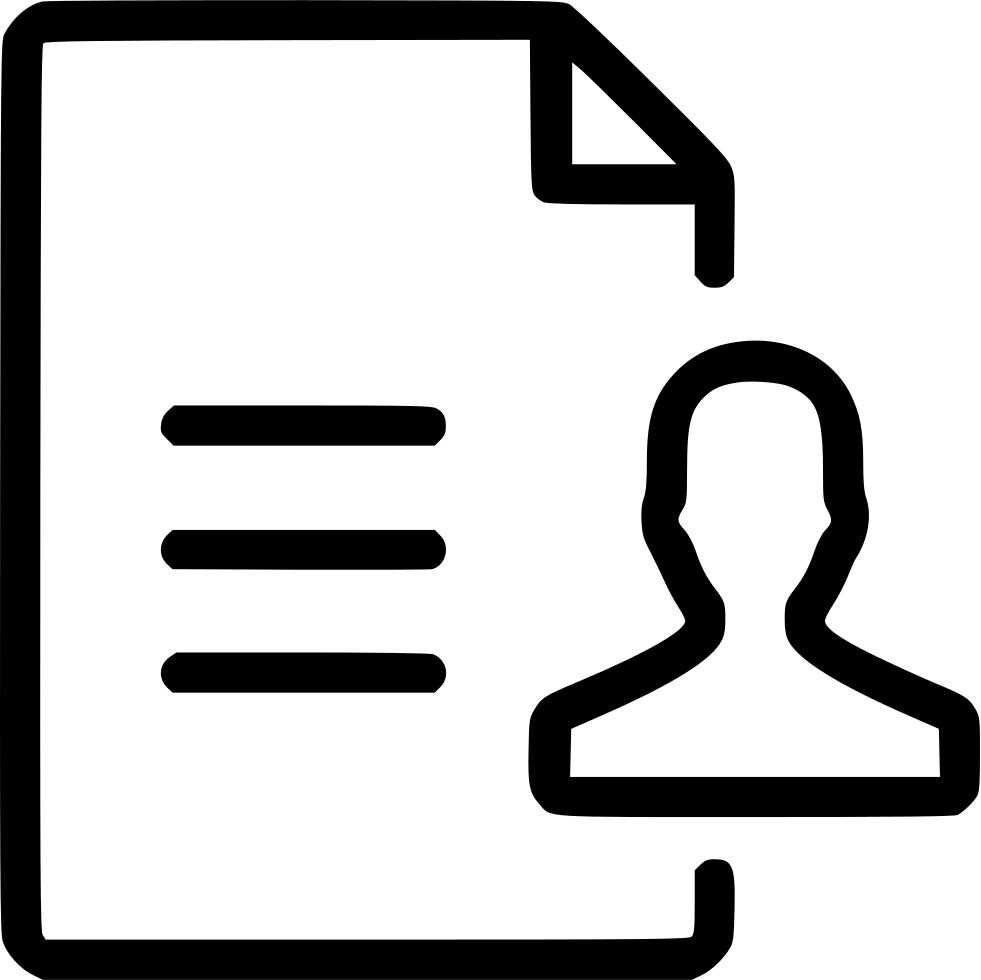Windows 98 UI Project Experience
While doing the Windows98 project, I've learned a lot, from technical stuff to the way I need to think to give the users a good experience.
Understanding New Concepts of React
Improved Way of Managing Children
One of the most interesting things that I learned doing this project was a new approach to managing the children of my React Components. It started with the Tabs component, which is the parent of the other three components: TabList, Tab, and TabPanel. Here's how it looks:

The challenge was that I had a variable called currentTab in Tabs that stored the selected tab value, and I needed all the children to access it. However, since I wanted the user to decide how many tabs they want, I didn't know how to pass currentTab without hardcoding how many tabs the Tabs component have.
Fortunately, I discovered a solution using React's Children and isValidElement. By mapping the Children and checking each child using isValidElement I was able to handle the children more effectively. isValidElement not only ensured that each child was a valid React element, but also simplified the management because the child elements were a ReactNode, and the isValidElement returned a ReactElement.
By having a ReactElement, now I was able to access the child's key, props, and type. This allowed me to return the child.type (since different types of children existed), assign the expected props based on each component's interface, and finally add the currentTab prop by default. This way, users had the flexibility to manage the number of tabs and navigate between them.
The code ended up looking like this:
import {
FunctionComponent,
Children,
PropsWithChildren,
isValidElement,
useState,
} from "react";
import "./styles.css";
interface Props extends PropsWithChildren {
selectedTab?: number;
}
const Tabs: FunctionComponent<Props> = ({ children, selectedTab = 1 }) => {
const [currentTab, setCurrentTab] = useState(selectedTab);
const selectTab = function (value: number) {
setCurrentTab(value);
};
const mappedChildren = Children.map(children, (child) => {
if (isValidElement(child)) {
return (
<child.type
{...child.props}
onSelect={selectTab}
selectedTab={currentTab}
/>
);
}
return child;
});
return <div className="windowsTabs">{mappedChildren}</div>;
};
export default Tabs;Working with Icons
This project required me to learn how to manage icons. When I had the Icons folder with hundreds of images, I quickly realized that it would be impossible to make a component for each icon, so I did my research and discovered a straightforward approach using React.
To import an icon, all I needed to do was assign a name to the import and provide the directory:
import MyIcon from "./components/icons/my-icon.png";Then, I could simply use the assigned name as the src of an img tag:
<img src={MyIcon} alt="example icon">
Exploring CSS Tricks
To achieve the most accurate visual styles, I had to modify the default browser styling, particularly the scrollbar. This required me to learn about the WebKit extensions and understand how to utilize -webkit-scrollbar and its pseudo-classes. Initially, it seemed a bit confusing, but then I did some research and found this CSS-tricks guide that provided clear explanations and helped me grasp the concept.
In the end, I believe the custom scrollbar added a nice touch, and I learned something useful! Here's how it looks in action:

I also had to learn about ::before to style the TreeList component, specifically the lines that connect the tree elements:

Overall, it was a useful and fun way to practice CSS techniques!
Understanding npm and package.json
This is the first library that I create, so it required me to learn about npm and how to upload it. While figuring out npm, I also learned about managing the package.json file, particularly adding important details like the package name, version, and more.
Though not overly complicated, understanding these concepts was important.
Prioritizing User Experience
Throughout this project, I had a realization that changed my perspective. It's no longer just about completing a cool project; now, I strive to create a great experience for the users.
When building a website, I aim to provide users with a smooth and intuitive navigation experience, regardless of the device they use. For libraries, my goal is to offer easy-to-use components that look appealing.
This shift in perspective occurred because I encountered challenges while using certain libraries. As a result, I focused on writing code that is easy to understand and use, even for someone new to it.
Conclusion
It was a fun experience overall, all the blocks that I had were useful. I ended up learning a lot of different things. I will continue maintaining the library and adding new features, ensuring that my learning journey continues.




